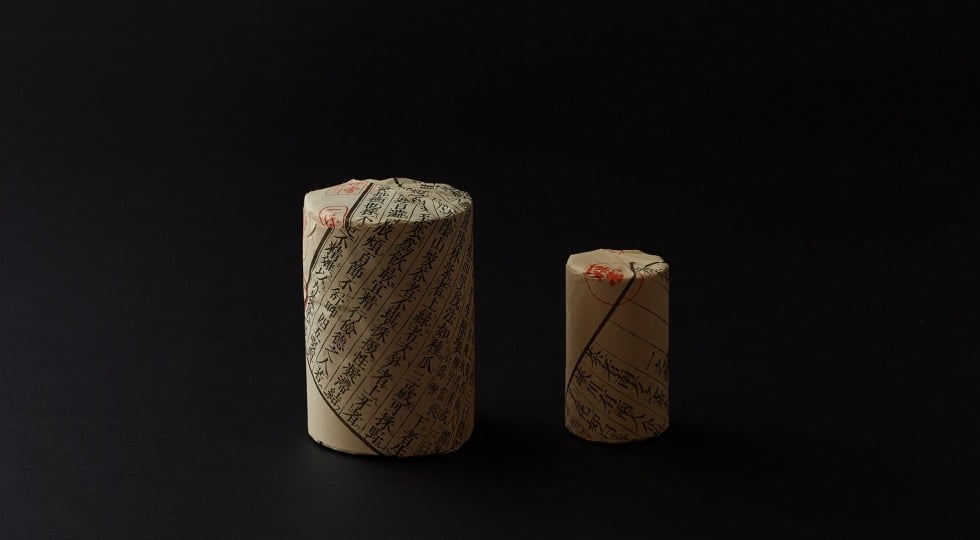#gallery-1 {
margin: auto;
}
#gallery-1 .gallery-item {
float: left;
margin-top: 10px;
text-align: center;
width: 100%;
}
#gallery-1 img {
border: 2px solid #cfcfcf;
}
#gallery-1 .gallery-caption {
margin-left: 0;
}
/* see gallery_shortcode() in wp-includes/media.php */
CRAFT: The Original Eco-Wrap
With the environment at the forefront of our minds, plastic-free packaging has become one of the key ways we’re all striving to reduce our negative impact on the planet. But look east and you’ll discover that the Japanese have been using paper, cloth and even plants to sustainably wrap goods for millennia.
Japan’s ingenuity for wrapping can be traced back thousands of years, to the prehistoric Jomom period. Over many generations, daily life and cultural tradition have given rise to an infinite variety of clever ways to store, carry and gift-wrap.
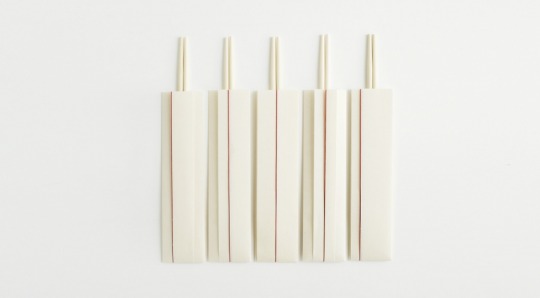
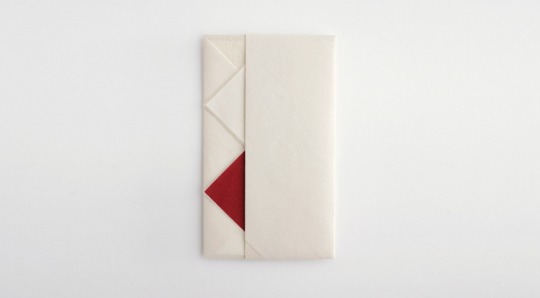
Wrapping with paper
Whether its gifts given in ornate origata-style wrapping or no-frills street food presented in a simple paper wrap, Japan has a long-established love affair with paper packaging. Making good use of the country’s abundant kozo (mulberry) trees, paper wrapping can be found everywhere from high-end confectioners to casual izakaya – humble, beautiful and oh-so satisfying to receive and unwrap.
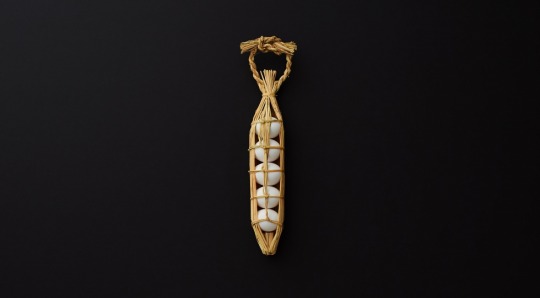

Wrapping with straw
With roots in Japan’s agricultural heritage, wrapping with straw is a by-product of rice cultivation, making use of the exceptionally strong fibres of harvested, dried rice plants. Abundant and easily accessible, rice straw became a key material for wrapping everything from sake to delicate eggs.
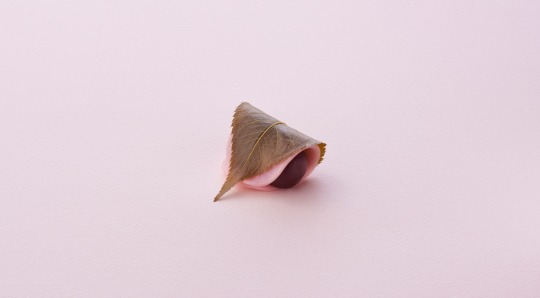

Wrapping with plants
What could be more sustainable than using plants to wrap food? Simple and beautifully delicate, Japanese confectioners have been using leaves to wrap wagashi sweets for centuries, choosing plants to chime with the seasons – for example sakura mochi, wrapped in cherry leaves in spring, or Kashiwa mochi, wrapped in oak leaves in autumn.
Wrapping with cloth
But possibly the most versatile plastic-free wrapping of all, Japan’s furoshiki cloths are used to wrap and transport everything from gifts to groceries. Sturdy and reusable, furoshiki come in a multitude of sizes and designs, and can be folded and tied in a variety of ways to suit the contents and occasion.
All images via Japan House London
